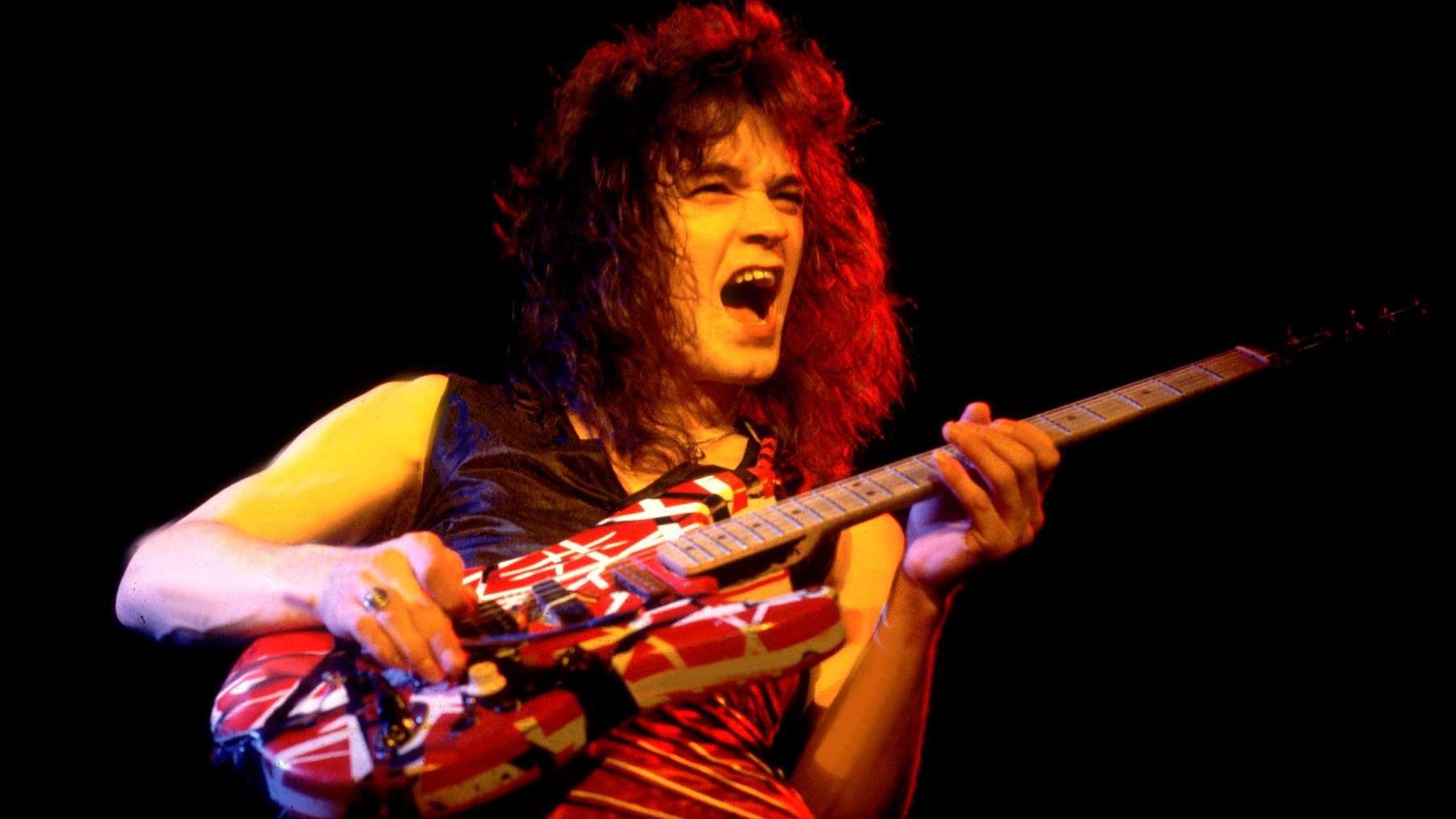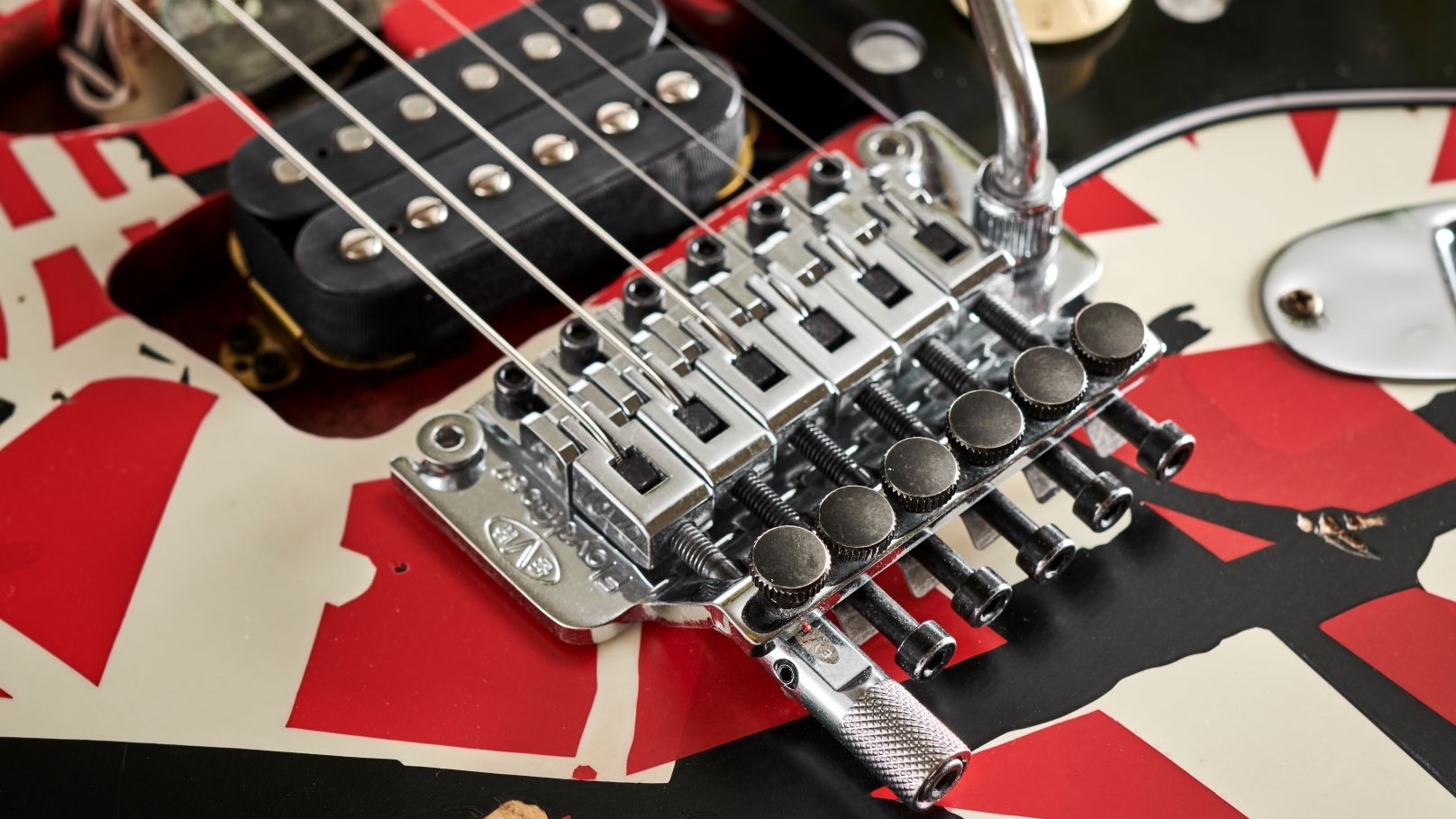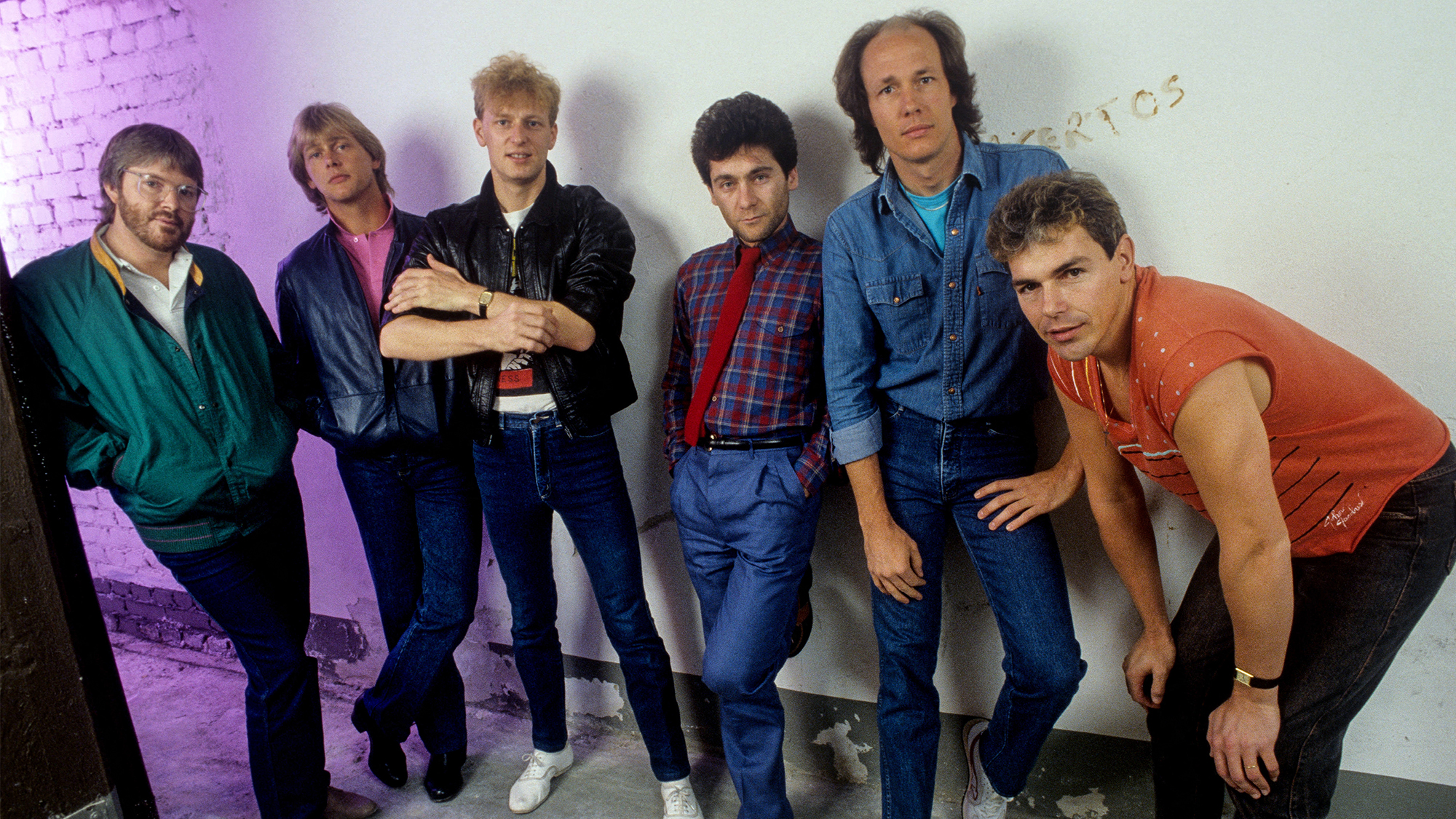Here’s Why Eddie Van Halen was a Guitar Gear Pioneer
A master of technique and tone, the six-string innovator turned us on to the Strat ‘bucker and Floyd Rose.

“Since the beginning, everything I picked up off the rack at the music store did not do what I wanted it to do,” Eddie Van Halen once said, explaining his insatiable interest in tinkering with gear.
“Either it didn’t have enough of something, or it had a bunch of bozo bells and whistles that I didn’t need.”
Eddie had to destroy many guitars on the way to making them do what he wanted. He took a chisel to a vintage goldtop Les Paul, enlarging the cavity for the P-90 bridge pickup to accommodate a more powerful humbucker.
Since the beginning, everything I picked up off the rack at the music store did not do what I wanted it to do
Eddie Van Halen
He was especially fixated on vibrato units, which he used extensively and to dramatic effect in his playing. Frustrated that his Gibson ES-335 went out of tune whenever he pressed its vibrato arm, Eddie cut the tailpiece in half with a hacksaw so that only the top three strings would be affected.
“That way I could always go back to the three lower strings to play chords if the vibrato made the high strings go out of tune,” he said. “People tripped out on that, but I’d try anything to make something work.”

While the Fender Strat’s vibrato worked better, the guitar’s tone was too thin, even after Ed routed out the body of his ’61 model for a bridge-position humbucker. It was here that he began a journey that would lead him to develop his most lasting contributions to guitar technology with Frankenstein, the iconic, red-, black- and white-striped guitar he built from an ash Strat-style body and unfinished maple neck purchased for $50 and $80, respectively.
Ed modified the body to accept a humbucker in the bridge position and mounted the pickup from his Gibson ES-335 directly on the wood, improving bass response and sustain.
All the latest guitar news, interviews, lessons, reviews, deals and more, direct to your inbox!
Though certainly not the first guitarist to put a humbucker in a Strat (the MC5’s Wayne Kramer did it in the ’60s, and many others did before EVH as well), Eddie was the most famous to do so, and he helped popularize the trend.

Frankenstein got Ed closer to the tone he was seeking, but a solution for his whammy-bar problems eluded him. Which is when guitar builder Lynn Ellsworth introduced him to Floyd Rose, who had created a double-locking vibrato system that clamped the guitar strings at both ends to keep them in tune under the most extreme handling.
Ed thought that was a pretty good solution, but he had one suggestion. “My role in the design and development of the Floyd was adding the fine tuners to the bridge,” he said.
My role in the design and development of the Floyd was adding the fine tuners to the bridge
Eddie Van Halen
Ed figured the guitar would eventually go out of tune, requiring the player to loosen three screws to free the strings from the nut, then re-attach it once the guitar was back in tune. He couldn’t imagine guitarists putting up with it, especially onstage.
“There wasn’t time to do all this in between songs live,” he said. “To put it simply, it was a pain in the ass.”
With fine tuners, the guitarist could quickly retune with no fuss. Once Ed mounted the Floyd Rose on his own instruments, it was only a matter of time before the guitar world followed.
Check out the EVH Striped Series Frankenstein Frankie here.
Christopher Scapelliti is editor-in-chief of GuitarPlayer.com and the former editor of Guitar Player, the world’s longest-running guitar magazine, founded in 1967. In his extensive career, he has authored in-depth interviews with such guitarists as Pete Townshend, Slash, Billy Corgan, Jack White, Elvis Costello and Todd Rundgren, and audio professionals including Beatles engineers Geoff Emerick and Ken Scott. He is the co-author of Guitar Aficionado: The Collections: The Most Famous, Rare, and Valuable Guitars in the World, a founding editor of Guitar Aficionado magazine, and a former editor with Guitar World, Guitar for the Practicing Musician and Maximum Guitar. Apart from guitars, he maintains a collection of more than 30 vintage analog synthesizers.
